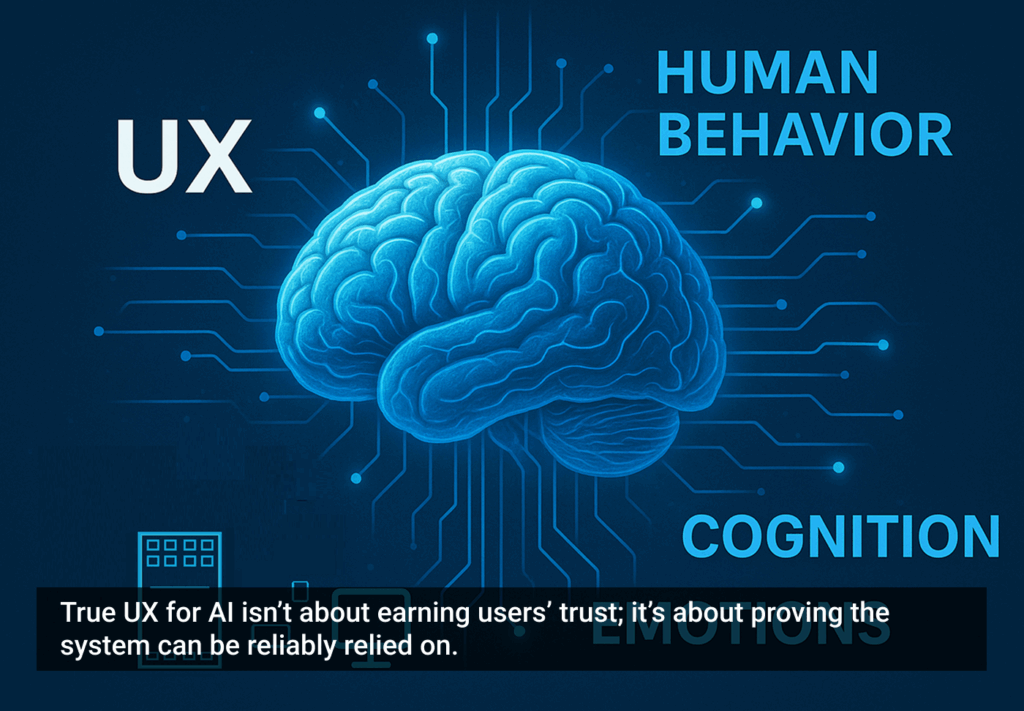The trend of personalizing websites is finally in full swing. We’ve been talking about it for years—flirting with it in fits and starts—but now the tools are at our fingertips and the strategies have matured for providing complex personalized user experiences on the Web.
At Siteworx, we’re seeing an uptick in the sophistication of our clients where personalization is concerned. There is a real need for a full suite of methodologies around discovering requirements and implementing strategies that bring focus to personalization efforts.
Today, we can use information about a user’s device—along with many other behavioral, demographic, and geographic attributes—to present content that is most useful to them. By aggregating and analyzing visitor information and leveraging that knowledge in your content delivery framework, you can customize the information you present to your users and how you present it. The goal, of course, is to make each user’s experience more productive and engaging.
At its core, personalization is about making a connection between an individual and a message. It’s about tailoring the content, presentation, and delivery channel to exactly what the individual needs, when they need it, where they need it. Executed well, personalization delivers a better, more relevant user experience, without being over-familiar or explicit. From customer relationship management (CRM), marketing automation, and web content management (WCM) integration to personalization architecture documents, the following considerations will help set you on the path to providing personalized user experiences that actually resonate with your users.
The Easy Part of Personalization
Integrating your WCM system with your CRM, marketing automation, analytics, and testing tools at a basic level is a fairly simple exercise. The hard part is determining exactly where to start and then developing a methodology that allows you to gain intimate knowledge of your users so that you can anticipate, and even predict, what they need.
While you can implement and continually refine a personalization initiative to create customized marketing campaigns, many of the tool integrations, either for an initial site redesign or for incremental enhancements, must be planned appropriately. If you fail to do this, you run the risk of wasting valuable time, getting mired in complexity, and having little to show for your efforts when it comes time to evaluate the ROI.
It’s important to begin with the premise that the level of personalization you attempt will ultimately depend on how you define your user at the first point of engagement. Consider adopting a strategy that leverages both implicit and explicit data so you are able to deliver a tailored experience to users regardless of how much information you have about them.
Where to Gather Insights to Drive Personalization Efforts
We can indirectly discover characteristics about a user through a number of means. Most devices and browsers are location-aware, and many different content decisions can be made using location-based information. We can develop sites that market products based on season, detect and deliver the appropriate language based on the visitor’s locations, or even show hours and contact information for the closest store to users we see visiting through a mobile device.
We can also drive implicit personalization by evaluating navigation patterns. Tracking where visitors go and how much time they spend on certain pages can help prioritize the content we display upon subsequent visits to the site. Quantitative measures like time on site or number of page views can help gauge a user’s interest in a particular topic, product, or service that you are trying to sell.
If you have a sign-up form for any value-added service, you can utilize the details a user provides to further complete their profile and customize their experience. Whether the details come from a subscription to your premium content, a sign up form for an account, or an online purchase, you can compile them to assist in displaying dynamic content.
Data surrounding gender, age, product preferences, industry, title, etc. is extremely helpful in presenting additional value-added content. Remember, you must use this data carefully and not abuse the privilege users have given you by providing their contact information. Badgering them with advertising will quickly turn them off to your product or service.
To learn how to qualitatively and quantitatively measure your content, read my colleague, Lindy Roux’s, article, “Putting Your Content to Work: A user-centric approach to evaluation.” In her article, Roux notes that a crucial step in content prioritization is determining different user types and possible scenarios. With the data that your site gathers during a user’s visit, you can discover details around that user and utilize that information in a number of different ways.
The Missing Piece in Most Personalization Initiatives
Over more than a decade of designing and executing complex Web and mobile implementations at Siteworx, we’ve learned that the best approach to take in providing a personalized experience is identifying user personas and finding out, at a granular level, exactly who our users really are. Whether through our own knowledge of the space, user interviews, focus groups, testing, or competitive research, we focus on developing a complete understanding of detailed user characteristics and types.
For example, Siteworx has integrated our website with our CRM system to identify which client, or potential client, is hitting our site. That integration allows us to then tailor our messaging based upon the industry the visitor is in, and the services we know they are most interested in.
Next, we look at journey maps, exploring the process flows, both inside and outside of the site, to discover the full experience for each of those personas. Journey maps display the various paths and decisions that a user may take to access content or purchase services on your site. This really displays all the touch points you make with the user or customer throughout the entire digital (and sometimes even non-digital) experience. Documenting these steps helps us to further explore the decisions a user makes. This process helps us determine how to accommodate our users’ choices using personalization and other features on the site.
Finally, we use a tool we believe fills a critical gap in most personalization efforts: we call it a personalization architecture document. This specification document details how a developer needs to configure the WCM or other systems to present dynamic content to users in real-time based on implicit and explicit data.
Each persona can be demographically configured, and variables can be set up to trigger content based on what we know about the user. The personalization architecture document outlines the strategy of content delivery and all the incarnations and functionalities required to configure the system properly. This connects our user experience to the technical implementation.
In detail, this architecture document is used as a guide to breaking up your user base into segments and associating the appropriate content to those segments. It also determines where that content should appear in various modules throughout the site.
Conclusion
The opportunity to provide optimized, personalized experiences is on our doorstep. It’s our job as designers and researchers to make great user experiences that help our users find what they need, where they need it, when they need it most.
Image of waiter’s arm courtesy Shutterstock.







